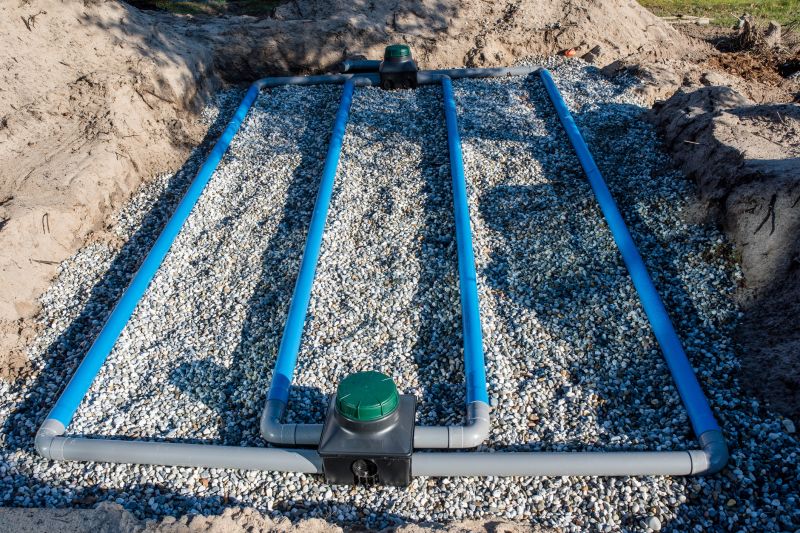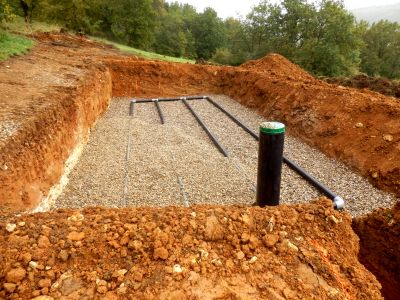Efficient Septic System Installation to Support Property Growth

Various components such as tanks, leach fields, and piping are essential for a septic system to function properly.

Preparation involves clearing the site and excavating to install the septic tank and drain field.

A properly installed system includes a tank, distribution system, and leach field designed for optimal performance.
Septic installations are critical for managing wastewater in areas lacking centralized sewer systems. Proper installation ensures efficient treatment, prevents groundwater contamination, and prolongs system lifespan. The process involves careful planning, site assessment, and precise execution to meet local regulations and environmental standards.
Statistics indicate that a significant percentage of rural homes and small communities rely on septic systems for wastewater management. The average installation can take between one to three days depending on site conditions, system size, and complexity. Properly installed septic systems can last for decades with minimal issues when maintained correctly.
Septic Installation Process
The installation process begins with site evaluation and soil testing to determine the most suitable system design. Excavation follows, where the septic tank and drain field are positioned according to the plan. The tank is installed first, then connected to the plumbing system, and the drain field is laid out and backfilled. Final inspections ensure compliance with standards before the system becomes operational.
Hiring a professional ensures that each step of the installation adheres to local codes and best practices. Skilled technicians use specialized equipment to minimize site disturbance and ensure precise placement. Proper installation reduces the risk of system failure and costly repairs in the future.
Assessing soil type and site conditions to determine the optimal septic system design.
Precise excavation for tank and drain field placement, followed by installation according to specifications.
Final checks to ensure system meets all standards before activation.
Guidance on proper upkeep to maximize system longevity.

Preparation and excavation of the site for septic system components.

Installing and connecting the septic tank to the plumbing system.

Finalized installation with the system ready for operation.
Proper septic installation is essential for effective wastewater treatment and environmental protection. It is advisable to work with experienced professionals who understand local regulations and soil conditions. This approach ensures the longevity and reliability of the system, reducing the likelihood of future issues.

A fully operational septic system serving a residential property.

Completed drain field ready for wastewater dispersal.

Inspection ensuring compliance and proper functioning.
Interested parties seeking a quote for septic installation services are encouraged to fill out the contact form. Providing details about the property and site conditions will help facilitate an accurate assessment and timely project planning.
